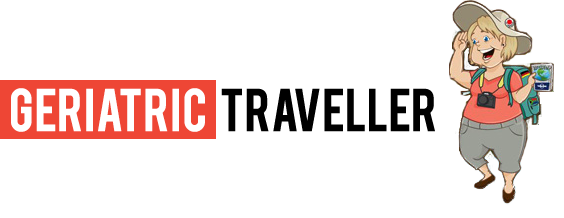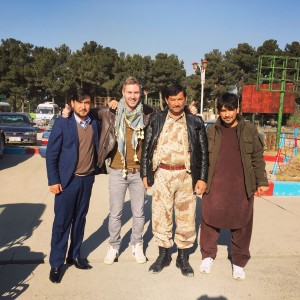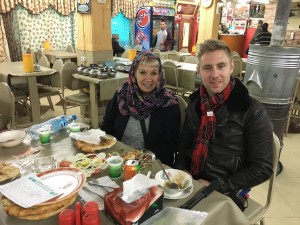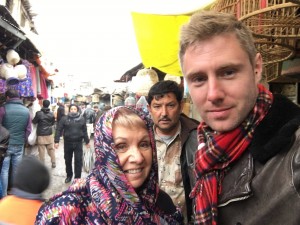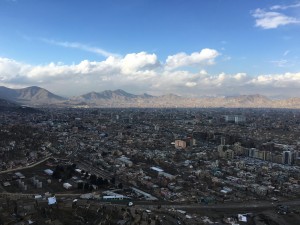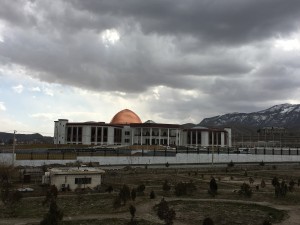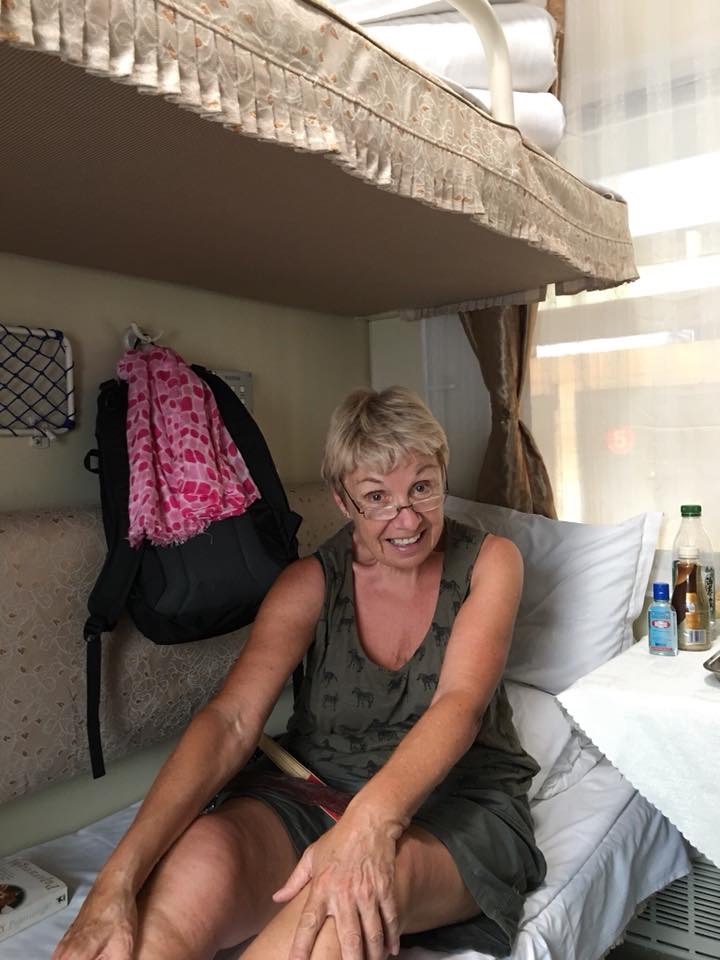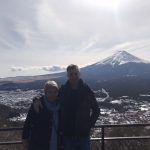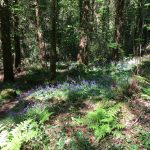A Tourist in Kabul
I must admit that Kabul in Afghanistan, would probably not be at the top of most people’s holiday destination list, but it held some kind of attraction for me, a desire to see if things were really as bad as various media outlets would have us believe.
Toward the end of last year my son first mentioned he was planning to go there, and, as I had often done in the past, I said “Me too”. For the first time ever, his response was a resounding “no”! He was adamant, Afghanistan was no place for one with my condition and advanced years; it was much too dangerous, and he absolutely did want the responsibility of looking after me!
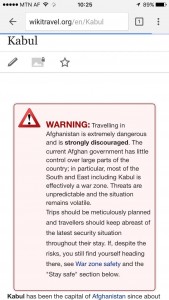
I was first to arrive (my son had an unscheduled stop at Kandahar, but that’s is a whole other story). A very kind, and apparently quite senior, immigration official or policeman ushered me to the front of the immigration queue, and accompanied me to the foreign registration desk, where I was through in a matter of minutes. There appeared to be no ulterior motive other than an opportunity to show off his command of English to his colleagues, and that act of unsolicited kindness proved to be a common theme in the people we met.
My son appeared soon after, and we made our way, as per our emailed instructions, to the car park. Security is very tight at Kabul airport, and only passengers and official staff are permitted within about one kilometre of the building.
We spotted a young man in a group of three holding a page on which my son’s name was written. We introduced ourselves, and he reciprocated, but also introduced the two men with him, the younger of the two was our driver, and the other, wearing combat fatigues and carrying an AK47 automatic weapon, was our guard! These three remained at our sides all of the time, virtually twenty four hours a day, every day!
We were driven to our accommodation in central Kabul, which turned out to be an very secure, and guarded, compound behind a high concrete wall and a permanently manned, and closed, gate. We were shown to our rooms which were basic but quite clean and adequate; though Internet access in the compound was erratic because it was victim to the city electricity supply, which was off as often as it was available. Fortunately there was a very efficient generator which was frequently put to use.
The rooms, while comfortable, lacked any feminine touch, and during our time in our accomodation I did not once set eyes on another woman, and can only assume there were none either living or employed there.
Indeed, generally women were conspicuous by their scarcity, and it was rare to see a woman on the streets. Those we did see were invariably totally covered by blue burkhas and were often begging for money for food for their children. It was explained to us that the colour of the burkha is determined by the area in which women live, thus blue denotes Kabul; other colours, other cities. It seems this is by choice rather than by imposition.
I come from Northern Ireland, and lived in Belfast during the early part of the ‘Troubles”. Prior to our visit I imagined Kabul would resemble Belfast at that time, that media sensationalism made the situation appear much worse than was the reality, and in fact, I used that reasoning as part of my argument for accompanying my son.
How naive I was! Kabul in 2016 bears little or no likeness to Belfast circa 1970/80! To a large extent, life in Belfast carried on as normal, apart from a few specific areas, whereas in Kabul, while superficially life appears to continue in some kind of normality, the tension is palpable. 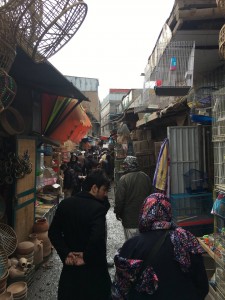
We also ate in a couple of local restaurants, although on occasion that did prove problematic because some restaurants are ‘men only’!
A brief, spur of the moment, stroll on a relatively busy city centre street meant we were accompanied by our armed guard, driver and guide, all of whom were considerably uneasy and concerned and cut short the expedition.
It was explained to us that, while the vast majority of the population despise the various terrorist/ extremist factions, there are still sympathisers, and a western person on the street is at risk from a knife attack or something worse!
In the same way, one night we were invited to dinner at a local restaurant by a local Afghan woman who knew of my son. It was with great reluctance, and after much persuasion, our guide agreed, and we were accompanied by the armed guard. The security at the restaurant was mind blowing, and appeared to be something akin to that for a Head of State! 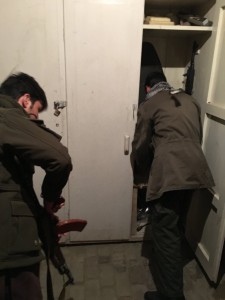
The restaurant itself was virtually deserted; a result, apparently, of a number of murderous attacks on restaurants in the area in the very recent past. Our hostess was totally charming, and the food she ordering for us all was wonderful, absolutely delicious.
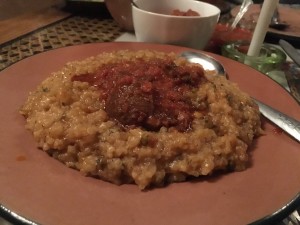
There have been numerous war-like skirmishes, but the city did thrive. However, in 1978/79, the Soviet war in Afghanistan began, and while there were various assassinations, Kabul was still economically active.
That was not the case during the Civil War which began in 1992, when the Taliban raised their head. Kabul was decimated, and about 80% of the city was actually destroyed by 1996.
The Taliban eventually abandoned Kabul, and a new elected government took over.
Theirs is an uphill task because resources are scarce, and much rebuilding is required.
Suicide bombings, carried out by various factions, al-Qaeda, Daish, Taliban etc, are a frequent occurrence, and are almost invariably directed at local people. Since 1978, there have more than two million casualties and losses.The Taliban did their utmost to destroy the heritage and history of both city and country, but fortunately did not fully succeed. There are still sights to wonder at – the state museum has a new building and is slowly returning to it former glory; there is a new parliamentary building; other new builds are going up.
Thanks to the determination and resilience of its people, Kabul, hopefully, is slowly rising from the ashes.
